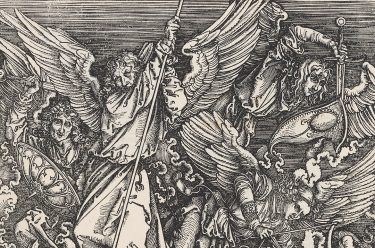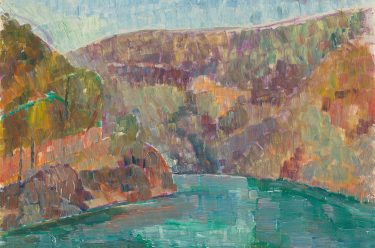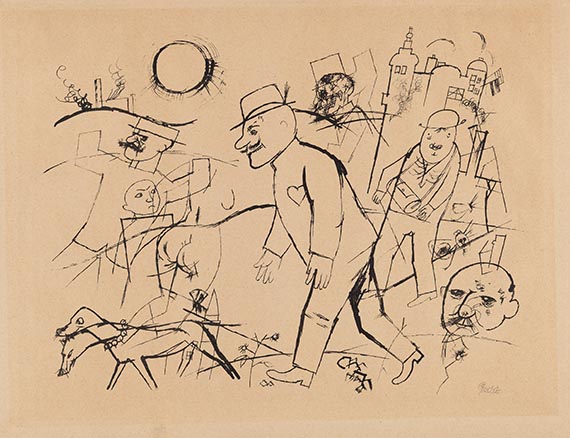
In light of the anniversary of the beginning of the First World War, on the 28 July 1914, a selection of German Expressionist prints and works on paper by Erich Buchholz are on display at the Queensland Art Gallery (QAG) until September 2014.
In the early decades of the twentieth century, a number of German artists began to employ a technique of intensely expressive brushstrokes and strong outlines, often violently distorting representational forms, in order to represent the dramatic tensions arising from conflict within the artist’s psyche and the world at large. Although an ‘expressionist’ art had emerged simultaneously in several northern European centres in the late 19th century, there was no unified style or theoretically defined goals until the term ‘Expressionism’ became associated with a number of artistic groups that flourished in Imperial Germany prior to the outbreak of World War One. Artists associated with Expressionism were unified by a pervasive loss of faith in the prevailing social order and a belief that the existential void this created could be filled with art.
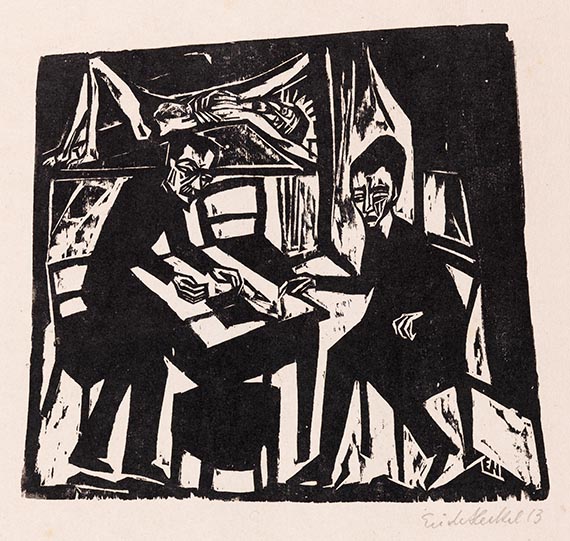
The artistic group Die Brücke (meaning ‘the bridge’) was founded by Erich Heckel (1883–1970), Ernst Ludwig Kirchner (1880–1938) and others in Dresden, c.1905. Following the group’s move to Berlin in 1911, Brücke artists drew increasingly on contemporary social themes in which aspects of city life were used to illustrate the human condition under extreme stress prior to the outbreak of war.
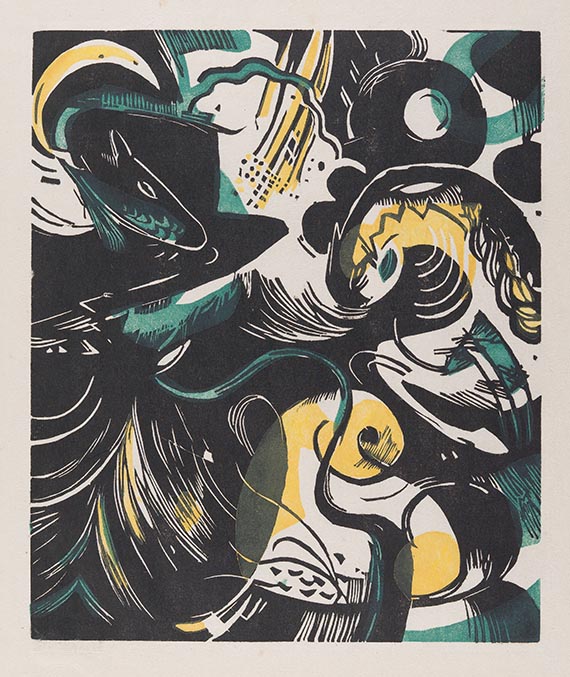
Conversely, the artists who formed Der Blaue Reiter (‘the blue rider’) – active in Munich between 1911 and 1914 – believed art was a means to express individual inner desires, to establish a cult of nature and mysticism. For founding members Vassily Kandinsky (1866–1944) and Franz Marc (1880–1916), this spirituality became the basis for a move towards an increasingly abstract art.
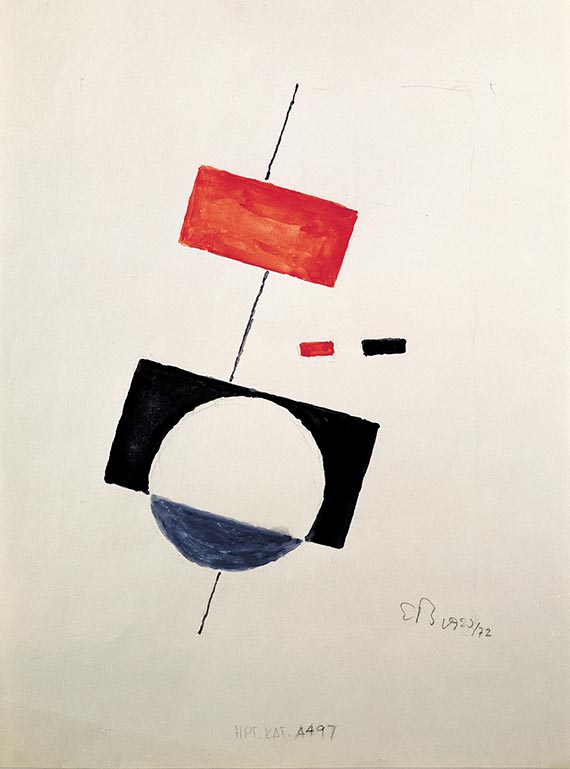
Also on display is a selection of works by German abstractionist Erich Buchholz. Buchholz moved to Berlin in 1915 and studied briefly with Expressionist artist Lovis Corinth (1885–1925), before being conscripted into the German military. Despite his early involvement with Berlin artists renowned for their scathing social commentaries, and the visual similarities with the non-objective abstraction of Suprematism and Constructivism, which arose concurrently in revolutionary Russia, it was the Munich-based group Der Blaue Reiter that most influenced Buchholz’s artistic development. The vivid colour and rhythmic, geometric forms of Franz Marc’s pantheistic paintings and woodcuts, and Vassily Kandinsky’s theories on music and spirituality in art –visually expressed with geometric forms such as triangles, circles and pyramids – led to Buchholz’s creation of a holistic system of geometric abstraction in Germany following World War One.
